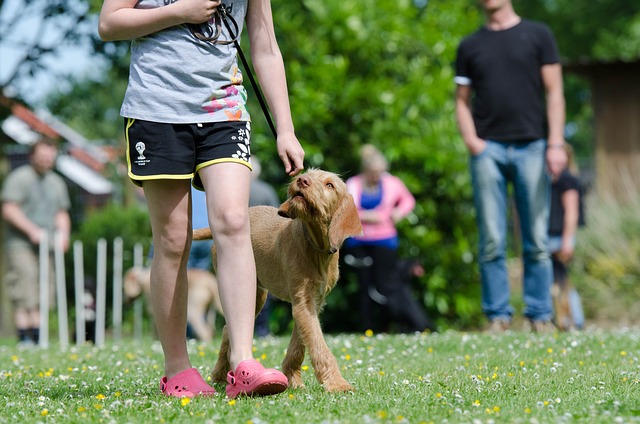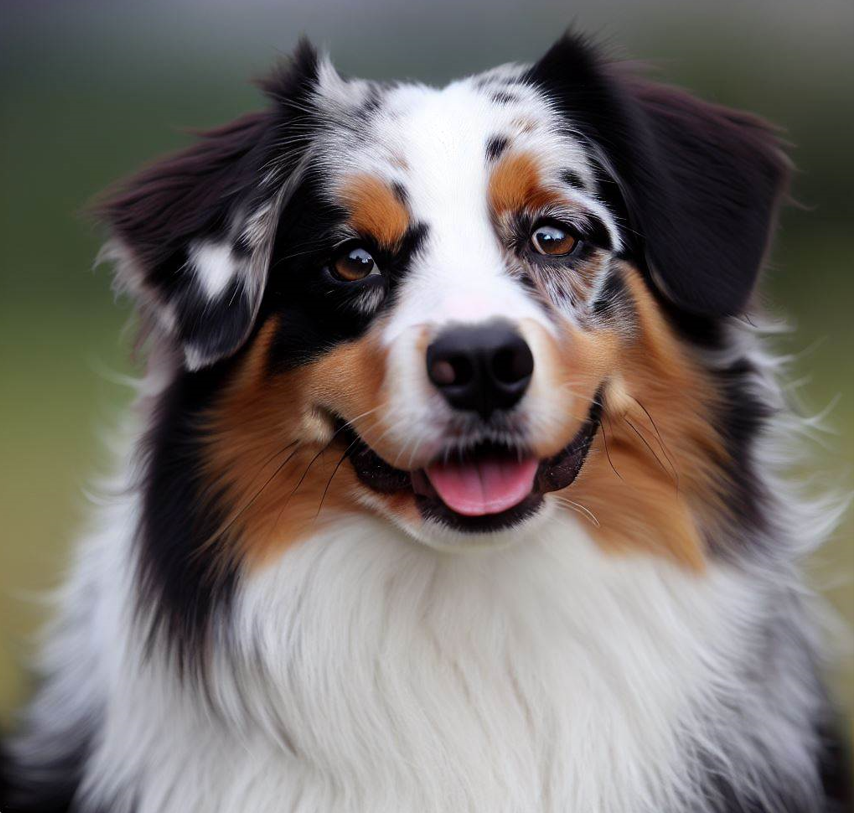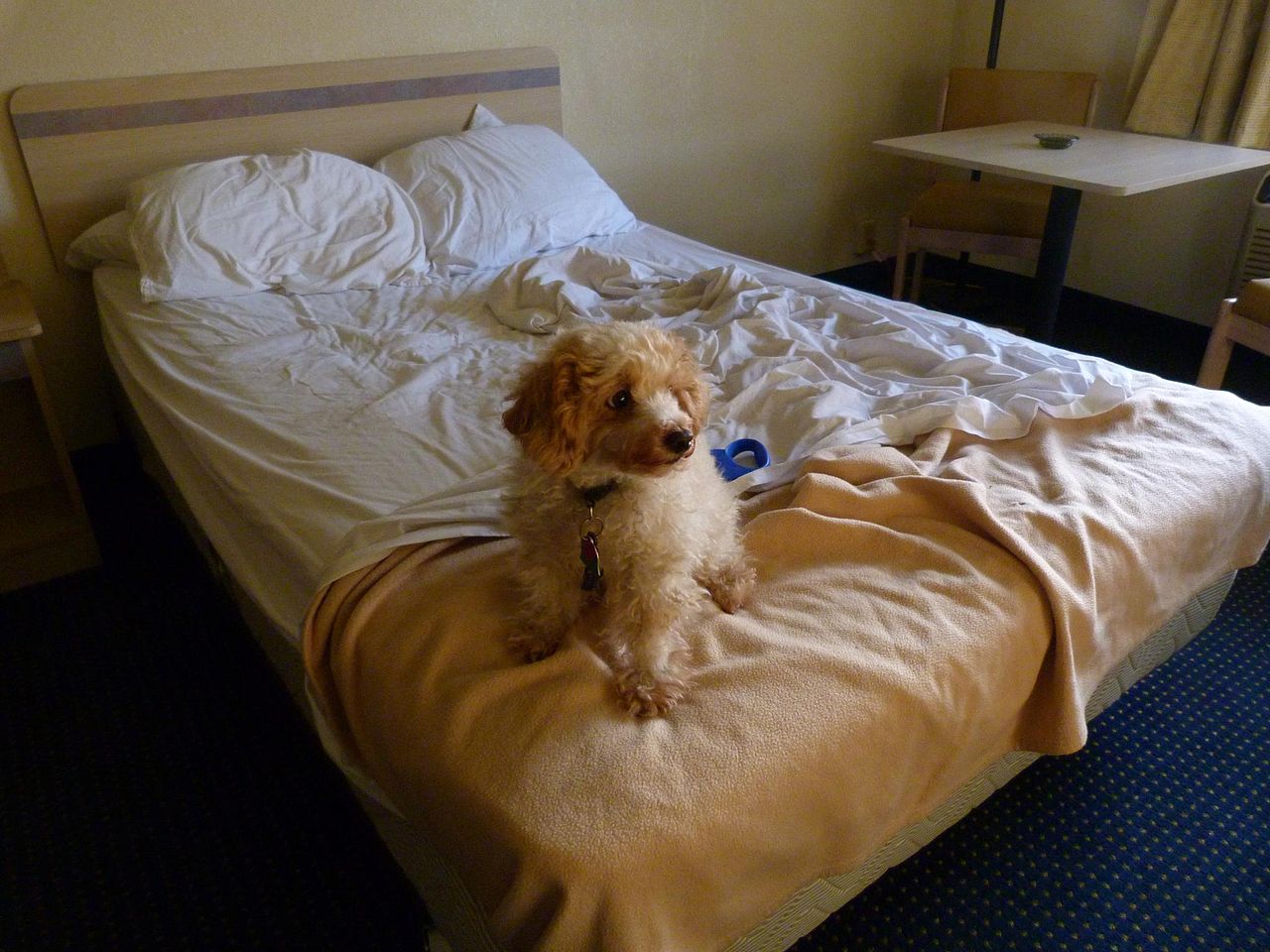- What Are Psychiatric Service Animals?
- Psychiatric Service Animals-Public Access Rights
- Psychiatric Service Animals - Onboard an Aircraft
- Should Psychiatric Service Dogs Be Certified to Be Allowed Onboard an Aircraft?
- Psychiatric Service Dogs- Documentation Required by Airlines
- Do All Airlines Accept Owner-Trained Service Dogs?
- Do All Airlines Accept Psychiatric Service Dogs?
- Are There Airlines That Still Allow Emotional Support Animals?
- Do You Need a Medical Letter to Fly with a Psychiatric Service Dog?
- Psychiatric Service Dog Tasks
- Tips on How to Prepare for Traveling With Your Psychiatric Service Dog
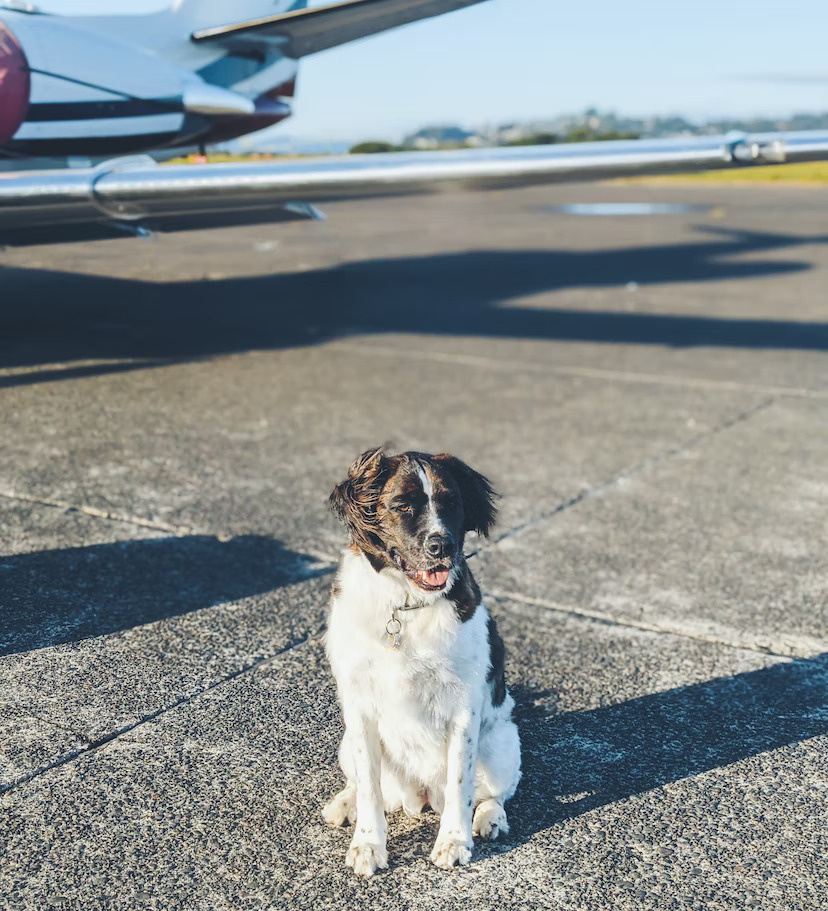
Having a service animal means that you can rely on constant support and benefit from specific tasks while at home and in public. Service animals play an essential role in their owners’ lives, namely medical equipment. Having said that, these animals must be granted public access rights to all places open for use to the general public, including stores, restaurants, hotels...etc.
What about flying with a service animal? Are service animals, and psychiatric service animals, in particular, also allowed to accompany their owners onboard an aircraft?
What Are Psychiatric Service Animals?
Psychiatric Service Animals are a type of service animal, that does specific work to mitigate the symptoms of a mental disability, such as depression, PTSD, schizophrenia, anxiety, and bipolar disorder. Psychiatric service dogs, as well as service animals in general, can be dogs only. Some states though accept miniature horses as well.
Psychiatric Service Animals-Public Access Rights
Considering the fact that these dogs are not pets but medical equipment they must not be denied access to public places. Service animals in the US are protected under the Americans with Disabilities Act (ADA), which ensures that people with physical or mental impairments will enjoy the same access to goods and services, as everyone else. However, service animals may be excluded from public premises, if they misbehave, pose a direct threat to the health and safety of others, are not under control, and cause damage. Also, they are a few exceptions to this rule, I.e. specific areas at a boarding school, reserved for students who are allergic to dog fur/dander; parts of a zoo, where the animals on display are natural prey or predators of dogs; religious institutions; areas where public health rules apply.
The Equality Act 2010 protects the rights of disabled people in the UK. It protects individuals from discrimination against them, based on their disability, including having an assistance dog.
Psychiatric Service Animals - Onboard an Aircraft
The Air Carrier Access Act is considered one of America’s greatest civil rights achievements. It protects people with disabilities and prohibits any discrimination in air travel based on a disability. According to the website of the U.S. Department of Transportation: “Other provisions concerning services and accommodations address the treatment of mobility aids and assistive devices, passenger information, accommodations for persons with vision and hearing impairments, security screening, communicable diseases, medical certificates, and service animals.”
Should Psychiatric Service Dogs Be Certified to Be Allowed Onboard an Aircraft?
Here comes the tricky part... Service dog regulations vary on a local level, but they also depend on the service dog policy of the particular airline. If you have taken the decision to fly with your psychiatric service dog, you should check the laws in your country, the country you will be traveling to as well as the service dog policy of the airline. Service animals in the US (also known as assistance animals in the UK) are not legally required to be certified in those countries. At the time of writing, US-based airlines as well as (most) non-US-based airlines typically accept owner/trained service animals and do not require these to be certified. However, this does not mean that every dog who is presented as a service animal will be allowed into the passenger cabin.
There are also airlines, that will require a certificate as proof of training and this training should have been conducted by a member of a recognized organization like ADI or IGDF or by a licensed school/organization that is specialized in service dog training.
Psychiatric Service Dogs- Documentation Required by Airlines
As already explained above, a certificate as proof of training may or may not be required, which depends on the airline’s policy. For flights within the US or from/to the US, you will need to fill out and submit a U.S. Department of Transportation Service Animal Air Transportation Form known as the DOT form. This form requires information about the handler (their name and contact information), the user (their name if it is different from the handler), and the service animal. The service dog handler is the person who has been engaged in the training process while the service dog user is the person who benefits from the tasks the dog performs. Often, when it comes to owner/self-training, the handler and the user are the same person.
The information which is required about the service animal refers to both his/her health and training/behavior. Service animals must be up-to-date with all the necessary vaccinations to be allowed to travel on a plane. The date of the last vaccination, the expiry date of the vaccination as well as the veterinarian’s name must be listed in the DOT form. As mentioned above, information about animals’ behavior and training will also be required. It includes:
Name of the animal and name of the trainer/training organization, which was engaged in animal training. In case the animal has been trained by his/her owner, their name should be put in the field “Trainer/Training Organization”.
If you are interested in more detailed information about the DOT form and how to fill it out, you may want to read our article: “How to Fill Up DOT Service Animal Air Transportation Form To Fly With Your Service Dog”.
For flights within the US or from/to the US, that are 8 hours or more, you will need to fill out the so-called U.S. Department of Transportation Service Animal Relief Attestation Form (Relief Form). This form is required as verification of the service animal’s ability to not relieve him/herself during the flight or relieve him/herself in a sanitary manner.
When
traveling internationally, excluding direct flights from/to the US,
you may need to provide additional documentation, such as a
certificate for training, a medical letter, a permit for
import/export, a transshipment license...etc. You should always check
the service dog policy of the airline you will be traveling with,
in advance.
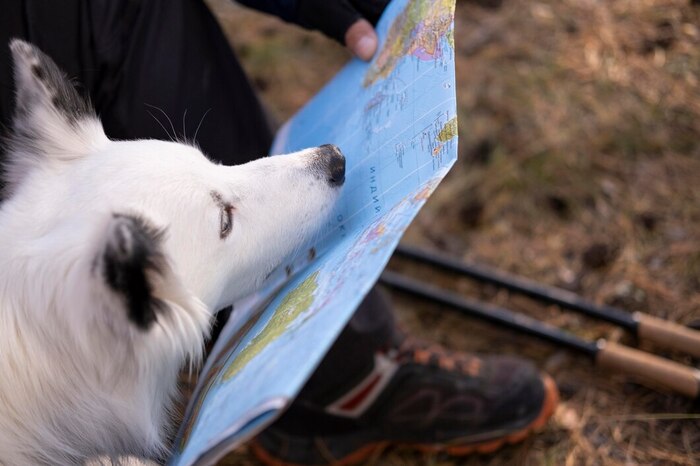
Do All Airlines Accept Owner-Trained Service Dogs?
No. Not all airlines allow owner-trained service dogs in the passenger cabin free of charge. That is why you should check whether your service dog will be allowed in the passenger cabin, or not, in case he/she has not been trained by a professional trainer/organization. In certain cases, airlines can require additional information about the training the service dog has gone through and might consider it an equivalent standard.
Do All Airlines Accept Psychiatric Service Dogs?
Despite the fact, that psychiatric service animal are considered medical equipment and not pets, they may not be allowed to travel in the passenger cabin. For example, this is valid for some Asian airlines, which will allow psychiatric service dogs in the passenger cabin only for flights from/to the US.
Are There Airlines That Still Allow Emotional Support Animals?
Yes, there are! At the end of 2020, most airlines changed their regulations, which resulted in prohibiting Emotional Support Animals in the passenger cabin free of charge. However, there are still airlines that recognize the concept of an Emotional Support Animal and allow these animals in the passenger cabin. Examples of such airlines are Latam Airlines (for flights from/to Mexico, Colombia, and on domestic flights within Colombia), Volaris (for flights within Mexico, from Mexico to Central America and vice versa; from Mexico to South America and vice versa; within Central America, within South America, from Central America to South America and vice versa), Singapore Airlines, Virgin Australia (for flights from/to the US), and Wingo.
Do You Need a Medical Letter to Fly with a Psychiatric Service Dog?
A
medical letter may not be legally required as proof of a person’s
needs for a psychiatric service dog. However, if you will be
traveling with your service animal, it is recommended that you carry
such a letter in case airport agents doubt the legitimacy of the
service dog.
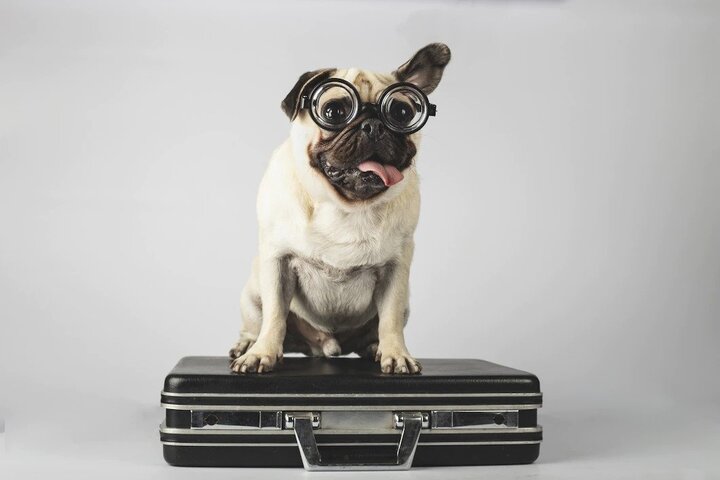
Psychiatric Service Dog Tasks
Psychiatric service dogs can be trained to perform many different types of tasks, based on their owner’s needs. Some of the most essential PSD tasks are:
Tactile Stimulation, which can include nose-nudging, giving a kiss, pawing at the owner, Deep Pressure Therapy, grounding the owner when they have an episode, retrieving items, alerting for an oncoming episode, guiding the owner to a safe place, protecting the owner with their body, preventing emotional overload in public, providing crowd control, notifying other people about the owner’s condition...etc. You can read more about service tasks, including psychiatric service dogs in our article “Service Dogs Tasks”.
Tips on How to Prepare for Traveling With Your Psychiatric Service Dog
• You should make sure that you have checked the service dog policy of the airline you will be using and that your service animal meets all the criteria to be accommodated;
• You should contact the airline in advance (most airlines require service dog handlers/users to contact them at least 48-72 hours prior to departure);
• Make sure that you have filled out correctly and submitted in a timely manner all the documentation that is required for travel with a service animal;
• Make sure that you have prepared all the needed training gear- service dogs in the US are not required by law to wear identification gear, however, based on the airline or the country of origin/destination, service animals may be required to wear a vest, a harness, or otherwise be identified;
• Check the relief areas at the airport;
• Take your service dog for a walk prior to travel;
• Do not feed your dog/ do not give him/her too much water prior to traveling;
• Prepare pee pads and/or diapers, especially if the flight will be 8 hours or more;
• Make sure that your service animal’s size allows him/her to stay under the seat in front of you during the flight;
• Make sure that your service animal has reached the age to be allowed to fly- it varies based on the airline. However, as a general rule, dogs must be at least 6 months to be recognized as service animals and be allowed to fly in the passenger cabin;
• Try to remain calm as much as possible, as the calmer you are, the calmer your service dog will be as well;
• Last but not least-make sure that your service dog has really been properly trained and prepared for a flight on a plane.
Here is a complete video guide for you:
Psychiatric Service Dogs are service animals who greatly benefit the mental state of many people worldwide. Their help and positive impact on their handlers’ well-being are indisputable. However, since regulations vary on a local level and also depend on the particular airline, it is a handler’s responsibility to get familiar with these in advance.





